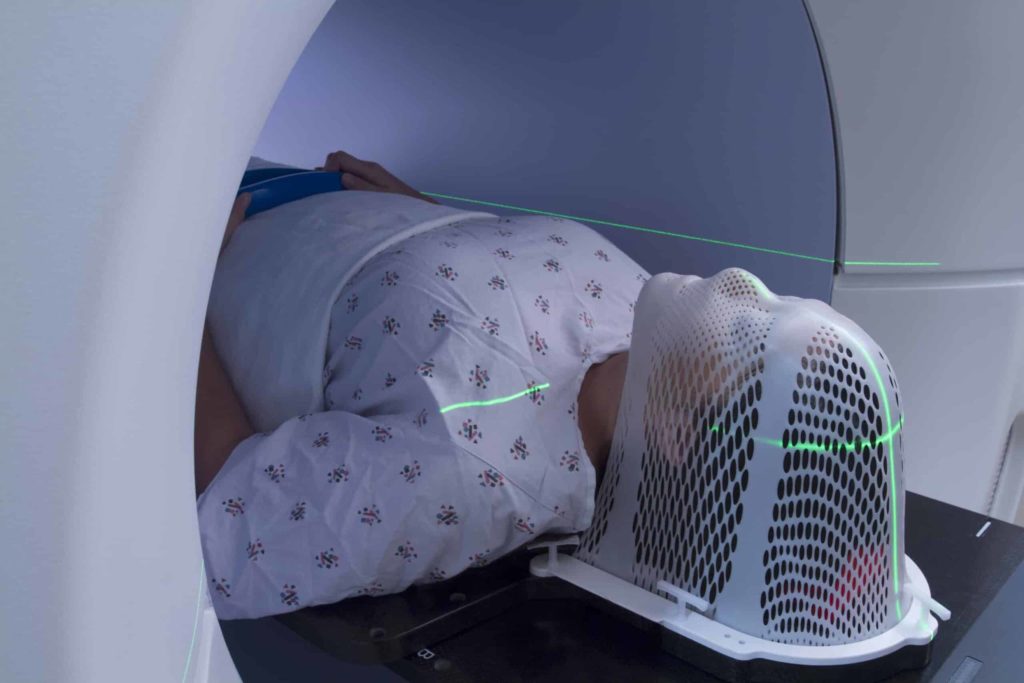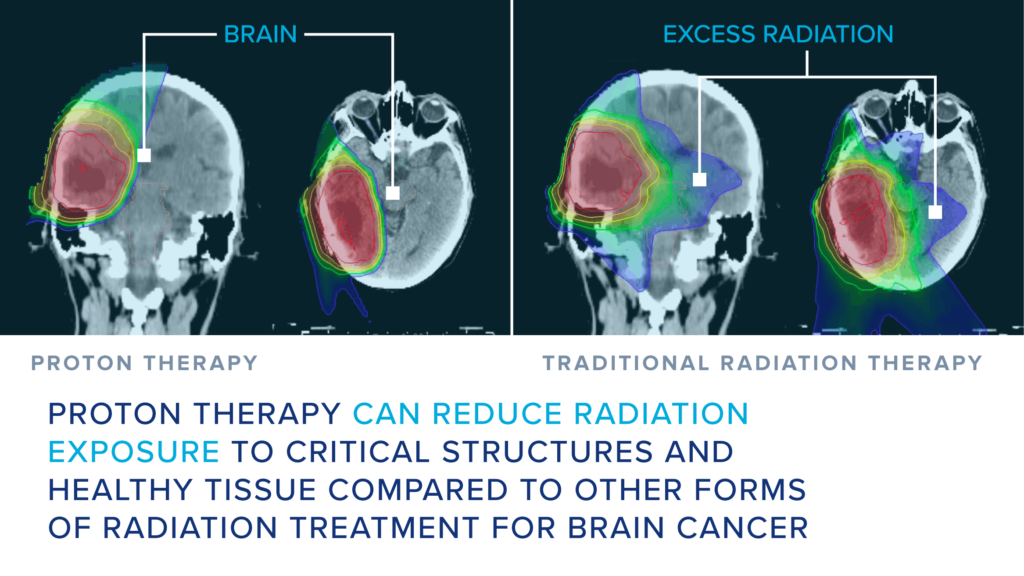Brain cancer refers to the abnormal growth of cells within the brain, leading to the formation of a tumor. These tumors can originate from the brain itself (primary brain tumors) or result from cancer cells that have spread from other parts of the body to the brain (metastatic brain tumors). Brain cancer can affect people of all ages, and it can be benign (non-cancerous) or malignant (cancerous). Here are some key points about brain cancer:
Primary Brain Tumors:
These tumors originate within the brain tissue itself. They can be further classified into two main categories: gliomas and non-gliomas.
- Gliomas: Gliomas are the most common type of primary brain tumor and originate from glial cells, which support and nourish neurons in the brain. Examples of gliomas include glioblastoma multiforme (GBM), astrocytoma, oligodendroglioma, and ependymoma.
- Non-Gliomas: Non-glioma brain tumors can arise from other types of brain cells, such as meninges (meningioma), pituitary gland (pituitary adenoma), or nerve cells (neuroma).
Metastatic Brain Tumors:
These tumors occur when cancer cells from other parts of the body (e.g., lung, breast, colon) spread to the brain through the bloodstream or lymphatic system. Metastatic brain tumors are more common than primary brain tumors.
Symptoms
The symptoms of brain cancer can vary depending on the tumor’s location, size, and growth rate. Common symptoms may include headaches, seizures, changes in vision, memory or cognitive problems, difficulty speaking or understanding language, weakness, and changes in behavior or personality.
Diagnosis
Diagnosis typically involves a combination of medical history review, neurological examination, imaging studies (such as MRI and CT scans), and often a biopsy to confirm the type of brain tumor and its grade (which indicates how aggressive the tumor is).
Treatment
Treatment options for brain cancer depend on the type, location, size, and grade of the tumor, as well as the patient’s overall health. Treatment modalities may include:
- Surgery: Surgical removal of the tumor, when feasible, is often the first step in treatment.
- Radiation Therapy: High-energy X-rays or other forms of radiation are used to target and kill cancer cells.
- Chemotherapy: Medications that kill or inhibit the growth of cancer cells may be used, often in combination with other treatments.
- Targeted Therapy: Drugs that specifically target certain molecules or pathways involved in cancer growth may be prescribed for some types of brain cancer.
- Immunotherapy: This emerging approach aims to stimulate the body’s immune system to attack cancer cells.
- Supportive Care: Managing symptoms, controlling pain, and improving quality of life are important aspects of treatment.

PROTON THERAPY HAS PROVEN CLINICAL RESULTS
Often times treatment for brain and CNS tumors cannot be treated through surgery alone and require some form of radiation therapy. Because these tumors are located near delicate and vital tissues, proton therapy is a strongly recommended choice of radiation as it can help minimize unnecessary radiation exposure and damage.
